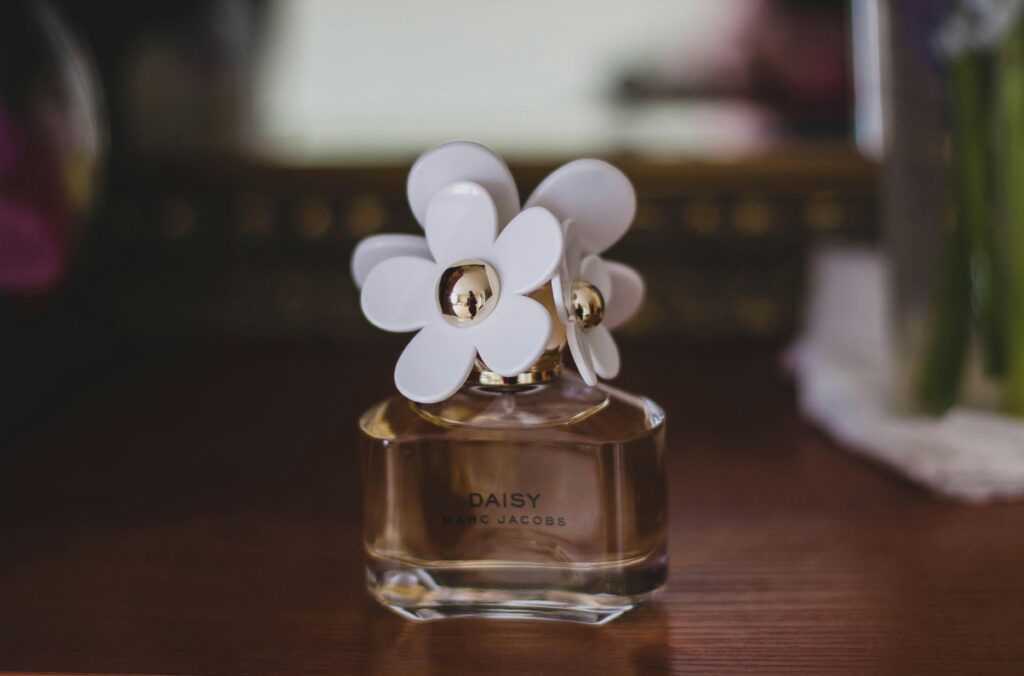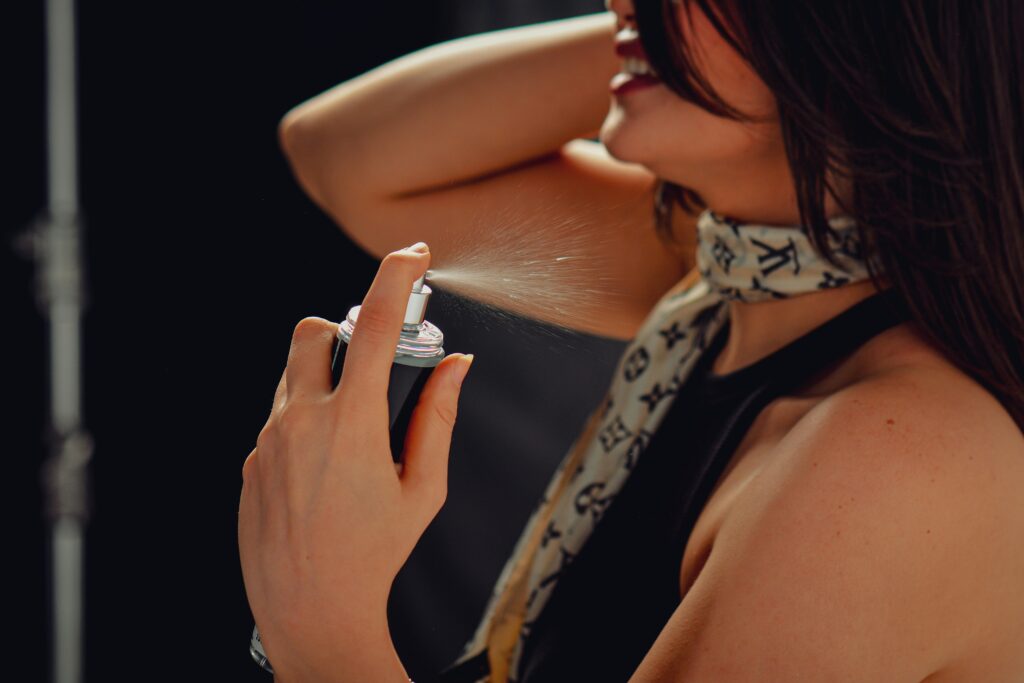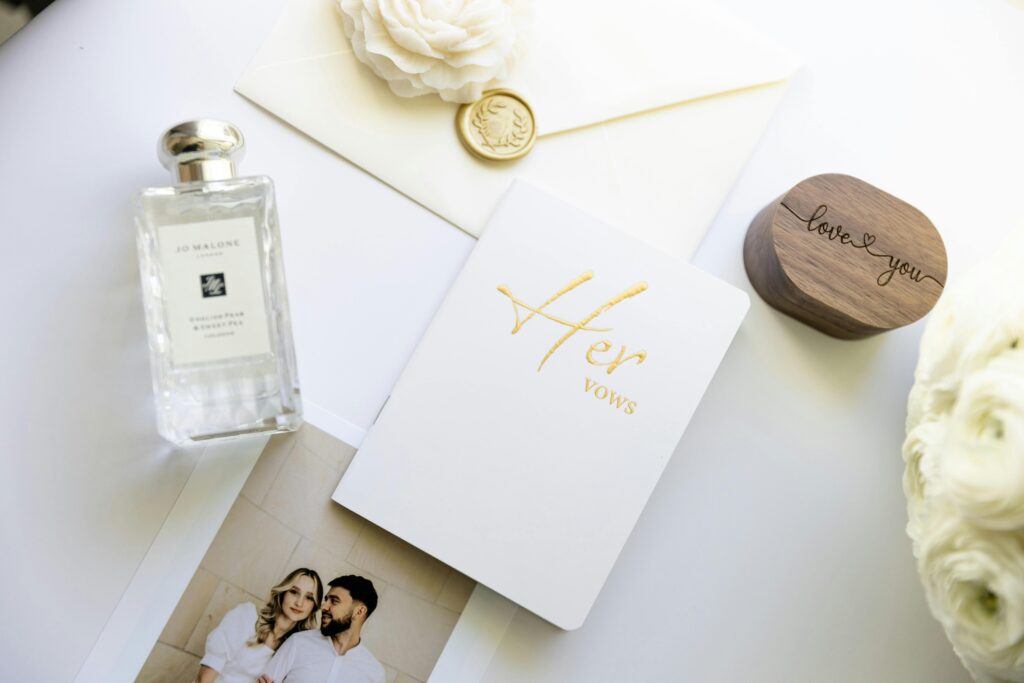When you layer perfume, it is like cooking with aroma instead of salt. When the spices mix just perfectly, the food tastes like no other kitchen. Dinner goes in the trash when they fight. The same goes for scents: light blending can provide a distinctive cloud that seems personal, while strong mixing can make a room smell bad. This article shows you the easy methods, helpful tips, and fun tricks to convert two regular bottles into an extraordinary story. By the end, you will be able to stroll past the counter and know exactly how to make a blend that smells like you and only you.

Understanding the Basics of Layering
Start With Clean Skin
Oils, sweat, and scent from yesterday might make a new blend less clear before it starts. Use unscented soap in the shower or rinse your wrists and neck with simple water. Pat it dry, then rub on a thin layer of lotion that does not smell. This neutral base provides every note with the same starting point and keeps the scent longer.
Know Your Fragrance Families
Each type of scent has a mood: florals, woods, citruses, spices, and gourmands. Flowers talk quietly, woods stay still, citruses shine, spices warm, and gourmands hug. The safest first approach is to pair something from the same family, like rose with peony, sandalwood with cedar, or vanilla with caramel. When ready, mix friendly neighbors: citrus with light floral, wood with delicate spice, and vanilla with mild smoke. You can only get opposites to like each other when you learn the dancing steps.
The Order Rule
Think about the top, the heart, and the base. Put on the lighter, fresher perfume first, and then put on the deeper, heavier one on top. The new note is the greeting, and the deeper note is the handshake. If you switch the order, the strong smell can completely cover up the light one. A fast test on paper before skin saves heartache and cleaning your wrist.
Building Your First Simple Blend
Choose a Neutral Base
A great base is a delicate musk, sheer vanilla, or clean cotton smell. These bases do not often clash with other notes and help them last longer. Spray each wrist once and give the alcohol thirty seconds to settle. The base should whisper, not yell, so that the following layer can talk.
Add a Pop of Personality
Choose one note that fits your mood: a bright mandarin for vitality, a soft rose for romance, or a smoky vetiver for mystery. Spray once on top of the base and wait five minutes for the two to mix. You have a blend if you like the smell. Suppose you do not wash and try again. The idea is to grin without even thinking about it.
Test on Paper First
Before you put on the smell, spray each one on a different strip of paper and then wave them together under your nose. The strips show how the notes act without the skin chemistry getting in the way. If the combo makes you look older, go on. You are ready for skin if it makes you lean in.
Advanced Tricks for Brave Noses
Contrasting Textures
Mix a watery aquatic with a dry woody tone, or a sweet gourmand with a bitter green. The difference gives the blend depth and keeps it intriguing. Start with one spray of each and make small changes. The spell is broken by too much tension, yet the magic is in the tension.
Seasonal Swaps
Put a little citrus layer over a soft coconut in the summer to feel like sunscreen and freedom. For a cosy café feel in the winter, blend a warm amber with a splash of espresso. The weather can change the story that the same two bottles tell. If you change your smell with the seasons, you will never run out.
Three Bottle Combos
Add a third bottle as a garnish once the first two work together. A citrus top note, a flowery middle note, and a woody base note can make a whole perfume pyramid. Spray in the order of weight, starting with the lightest and ending with the heaviest. One spray each is enough; more can make things less clear.
Common Mistakes and Quick Fixes
Too Many Loud Notes
When you layer two strong fragrances, it can feel like you are shouting into a loudspeaker. Add a neutral foundation to the blend to make it less sharp if it feels that way. A simple spray of sheer musk or pure cotton can make leather and oud into something you can wear.
Over Spraying
Layering does not mean adding more. One spray of each scent is enough for the neck and wrists. If you need more, spray the air and walk through the cloud. The goal is a smooth path, not a perfumed force field.
Clashing Skin Chemistry
Sometimes a mix smells great on paper but bad on skin. If this happens, change the order or lessen the dose. You can also put a tiny layer of unscented lotion between the layers to make a buffer. Listen to your skin and make changes as needed.
Storage and Care for Layered Scents
Label Your Mix
Please write down the recipe for a winning mix on a sticky note and put it behind the bottles. You will be glad you did it months later when you want to do it again. Names like Citrus Rose or Wood Vanilla are easy to remember the ratio.
Keep Bottles Cool
When each perfume is fresh, layering works best. Put the bottles in a cool drawer away from sunshine and heaters. Heat can make brilliant citrus harsh and sweet vanilla sour, ruining the mix before you start.
Travel Tips
For excursions, pour each layer into its little atomizer. This way, you can combine without carrying whole bottles while you are out and about. Put labels on the atomizers so you do not spray amber when you meant tangerine.
Conclusion
Layering perfume is a soft art that involves trying things out, making mistakes, and having small successes. Begin with little steps, stay interested, and follow your nose. You have made a signature that no retailer can sell when you find a blend that makes you happy whenever you smell it. Wear it with pride, and keep in mind that the best layers are the ones that feel like you.



